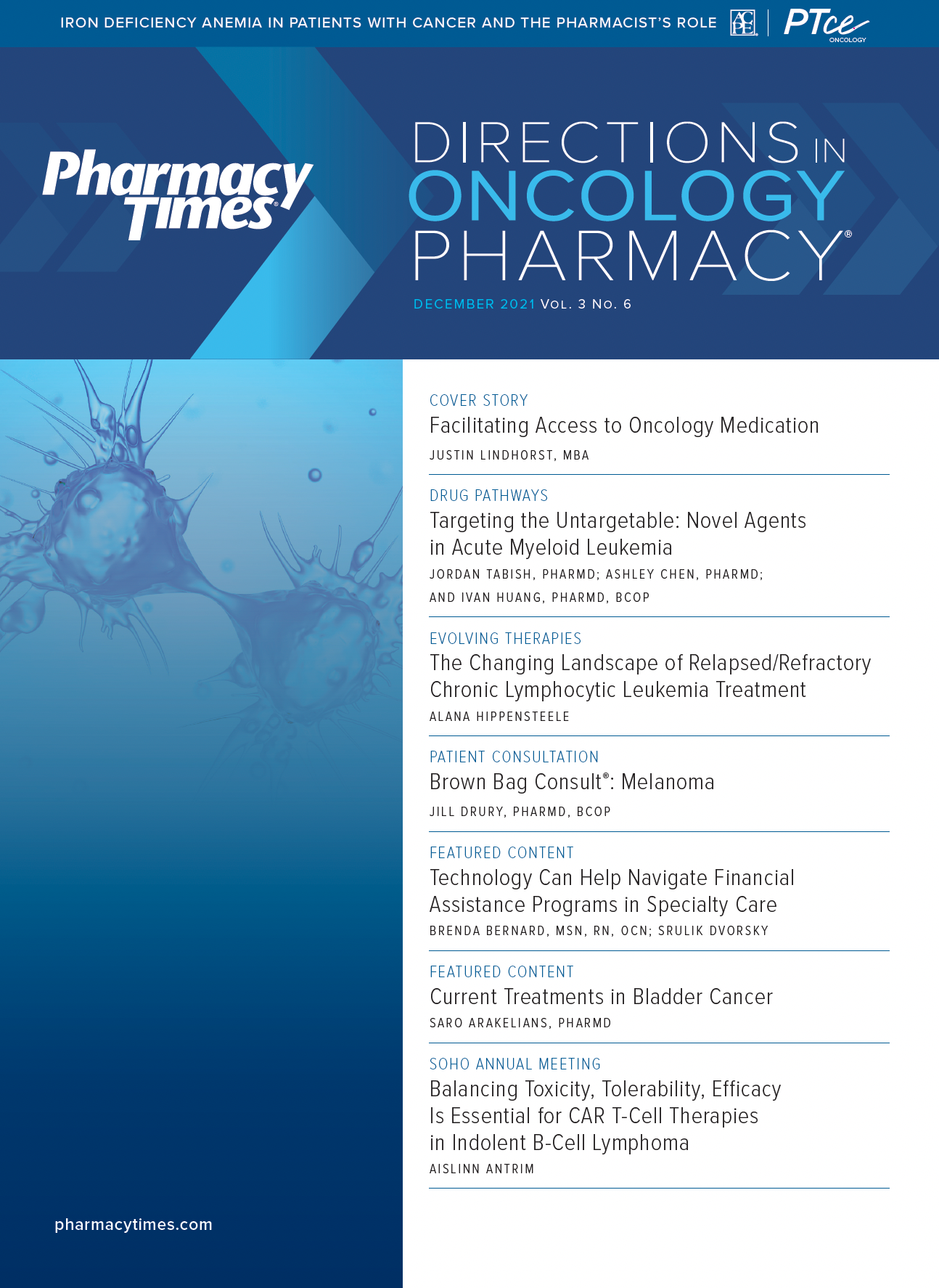Publication
Article
Pharmacy Practice in Focus: Oncology
Patient Access in Oncology: An Increasingly Complex Landscape
Author(s):
Underserved populations with limited access to medical care continue to be disproportionately impacted by certain cancers.
Following the tragedies of the COVID-19 pandemic, a light has been shined on the divide between those who have access to health care resources and those who do not, as access to quality care has directly affected patient outcomes during the public health crisis.
Additionally, underserved populations with limited access to medical care continue to be disproportionately impacted by certain cancers, even as more oncologic therapies become available to treat these conditions.
It is vital to address the impact social determinants of health (SDOH) have on a patient's ability not only to initiate a therapy that will provide them with a real opportunity to fight the disease, but also to continue to progress on that therapy.
In this issue of Directions in Oncology Pharmacy, we take a look at a few of the resources available to support patients' ability to access quality cancer care, as well as provide an overview of some of the current efforts to advance the goal of providing equitable access to cancer care for all patients.
In our cover story, on page 68, author Justin Lindhorst, MBA, discusses the impact of financial toxicity on treatment outcomes for patients with cancer, as well as the role of SDOH on time to treatment initiation for patients with a new cancer diagnosis.
On page 14, author Dea Belazi, PharmD, MPH, addresses how the availability of groundbreaking gene therapies is driving change toward the development of alternative payment models, progressing the role of specialty pharmacy benefit management in bringing about this shift.
For patients who may need the aid of financial counselors, these health care professionals now have at their disposal technologies that proactively search for financial assistance for patients. On page 58, authors Brenda Bernard, MSN, RN, OCN, and Srulik Dvorsky explain how the use of this technology can improve health outcomes, save time, and achieve cost savings for pharmacies, hospitals, and practices.
Additionally, on page 54, we look at a study from the Community Oncology Alliance that shows how a lack of oncology drug pricing transparency can contribute to a lack of access to oncology care for patients. For the 340B program in particular, several flaws in the current structure of the program could be resolved through transparent hospital drug pricing that could shed light on these issues.
With these strides toward health care equity, each effort to establish change should not be forgotten when considering the great distance left still to travel. Instead, highlighting these efforts can remind us of the important work still before us.

Newsletter
Stay informed on drug updates, treatment guidelines, and pharmacy practice trends—subscribe to Pharmacy Times for weekly clinical insights.





